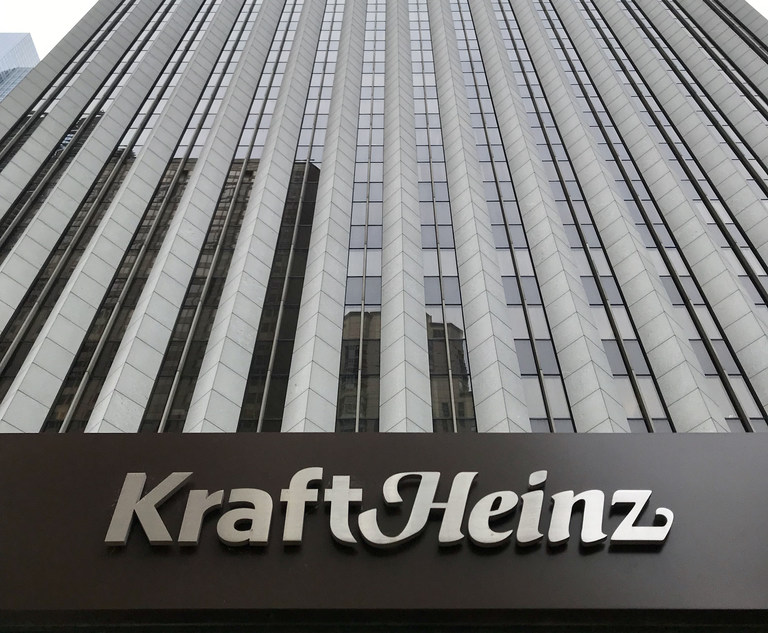In the realm of alcohol production, traditional roles have been well-defined among three categories: distilleries make spirits, breweries brew beer and wineries ferment wine. However, as consumer preferences in Pennsylvania diversify, these roles are blurring. For example, breweries are venturing into mead-making, wineries are experimenting with ciders, and distilleries are expanding their range to include alcoholic and nonalcoholic beverages with sodas and infused water.
Manufacturers and regulators should share the same goal of allowing Pennsylvania businesses to safely and efficiently make products that meet the demands of consumers. Yet, transitioning from traditional roles into these new territories is not straightforward. Both Pennsylvania and federal laws create a labyrinth of regulations that producers must navigate. In essence, navigating this maze of laws leaves many well-intentioned producers lost without a clear path to production. Imagine a scenario where a bounty of apples inspires a brewery to produce cider. It sounds simple, right? But the regulatory reality is complicated. While a brewery license in Pennsylvania does authorize the sale of malt or brewed beverage drinks (which does encompass “alcoholic cider and mead” as defined in the Liquor Code), the alcohol content of these beverages must remain between 0.5% and 8.5%. Surpass this, and by the state’s classification, the brewery becomes a winery, necessitating an entirely different license. Under 0.5%, you need special permission from the Pennsylvania Liquor Control Board (PLCB) to produce products considered nonalcoholic.


 Theodore J. Zeller III of Norris McLaughlin.
Theodore J. Zeller III of Norris McLaughlin.




